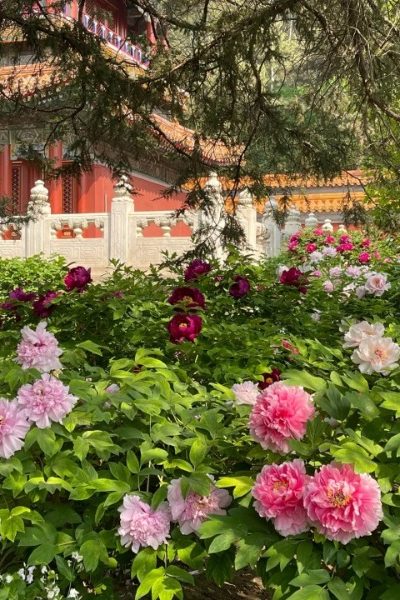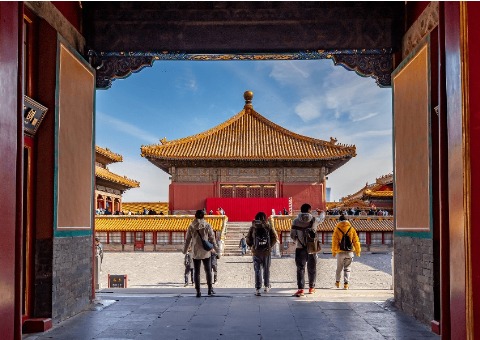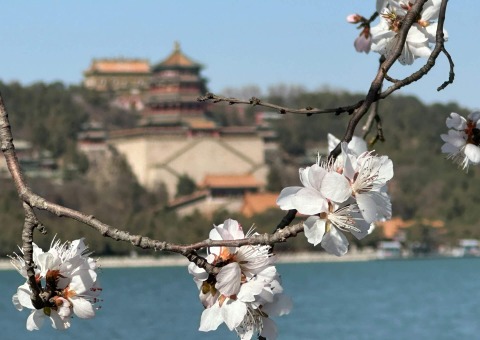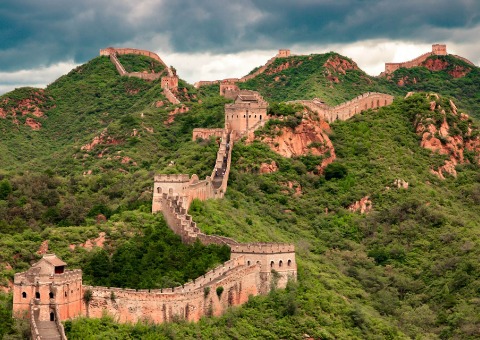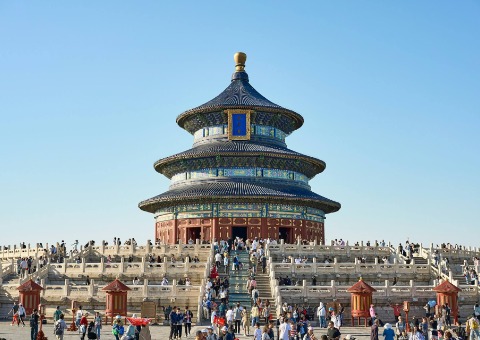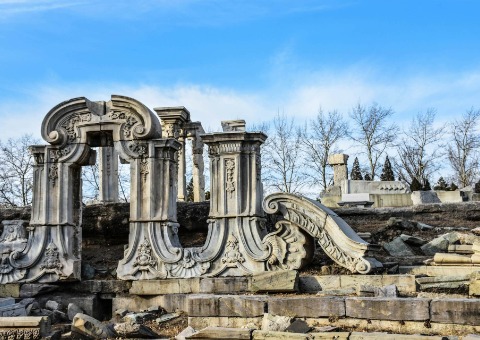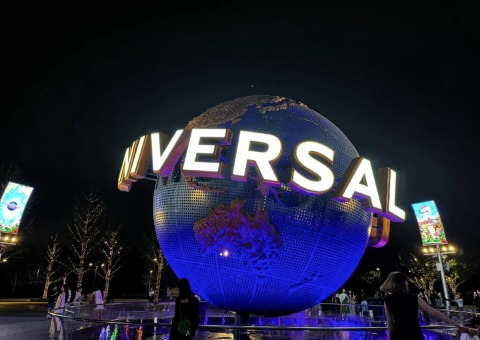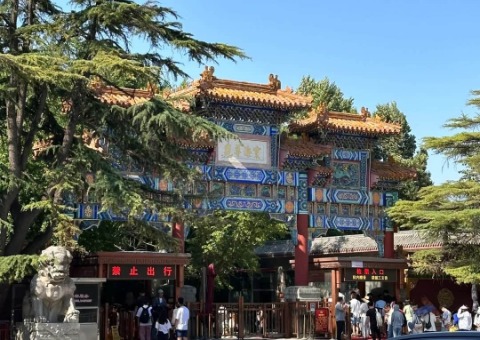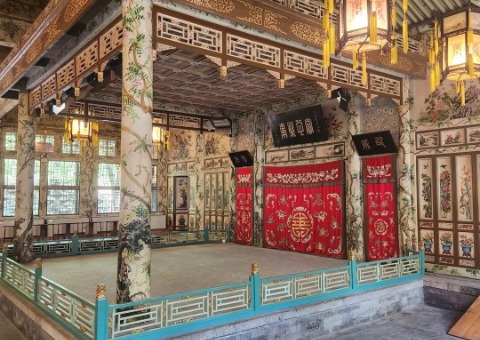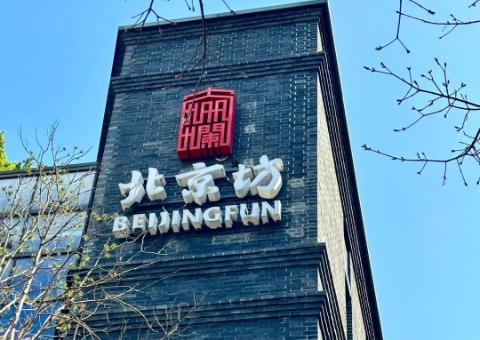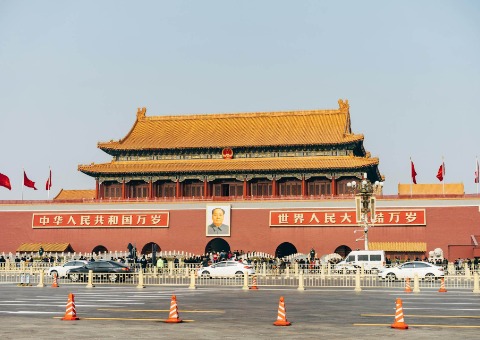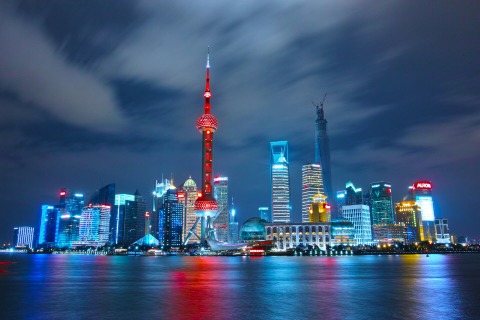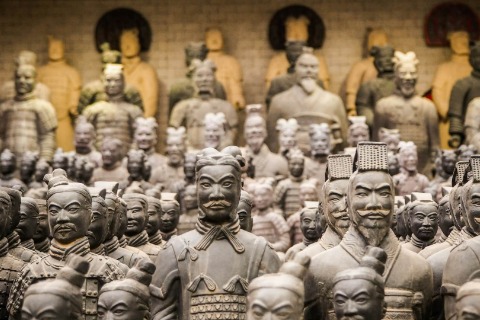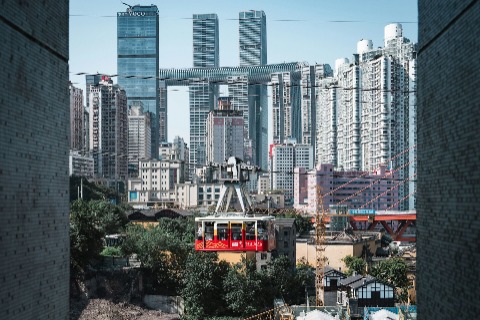Jingshan Park
The best viewpoint for a panoramic view of the Forbidden City and Beijing’s central axis
For visitors to Beijing, Jingshan Park is a must-visit companion to the Forbidden City. The park’s iconic structure, the Wanchun Pavilion, sits at the highest point of Jingshan Hill, offering the best vantage point in the entire park. From the Wanchun Pavilion, you can enjoy a panoramic view of the Forbidden City and appreciate the grandeur of imperial architecture. To the north, you can see the Drum Tower, while to the south, you get a sweeping view of both the Forbidden City and Tiananmen Square, making it an excellent spot to take in the city’s skyline.
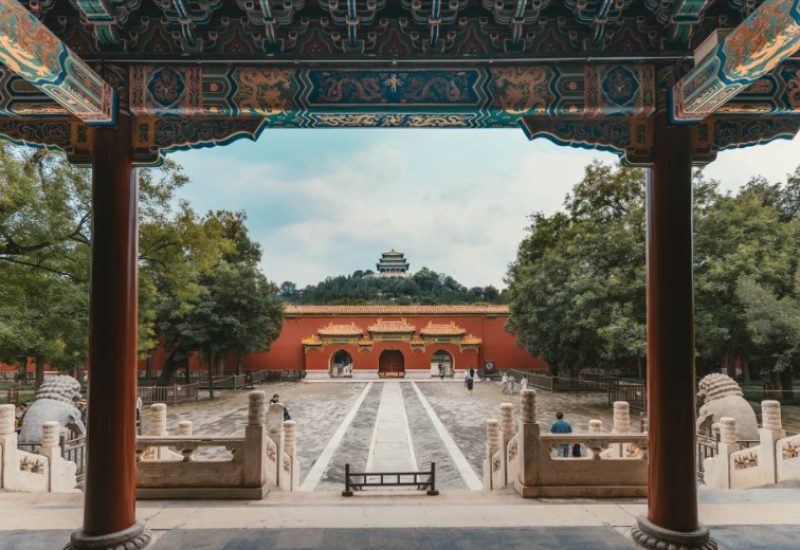
Jingshan Park’s history dates back to the Liao Dynasty (916-1125 AD). Over the centuries, it has been developed and renovated, gradually becoming a royal garden where many emperors enjoyed leisure and recreation. During the Ming and Qing dynasties, Jingshan Park also became an important site for royal ancestral ceremonies and reflections. Today, historic landmarks like Shouhuang Hall are still well-preserved.
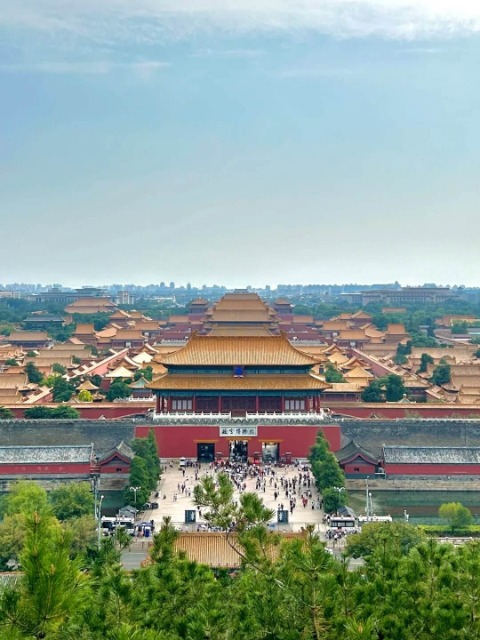
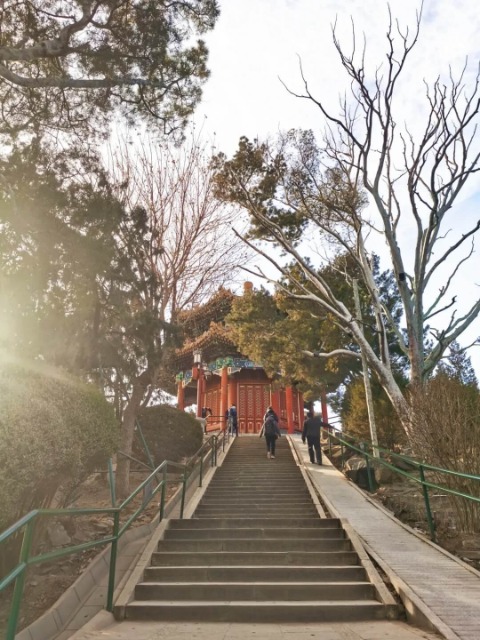
Enter through the South Gate and first visit Qiwang Tower to learn about Jingshan’s history and culture. Then, climb Jingshan for a panoramic view of the Forbidden City and Beijing. After descending, explore historical sites like Shouhuangdian and Guande Hall to experience the solemnity and majesty of the royal gardens.
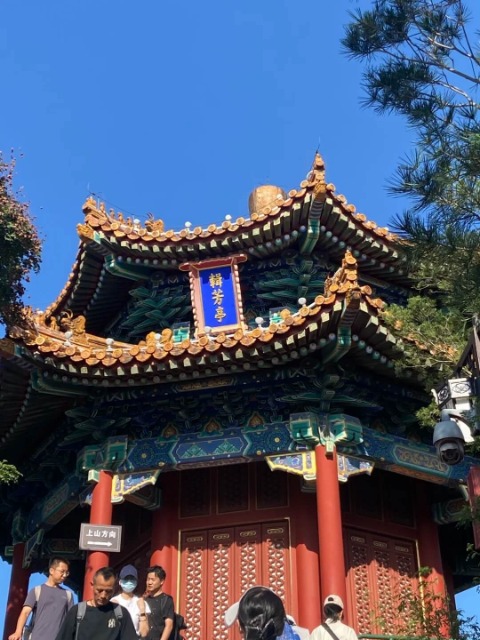
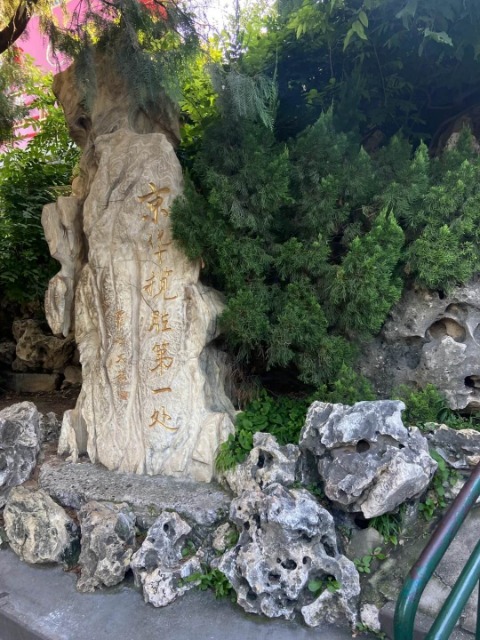
Table of Contents
How to Get to the Jingshan Park
By Bus
- Jingshan Park South Entrance: Take bus 101, 103, 109, 124, or tourist lines Special 1 and Special 2 to the Forbidden City Station, then walk 200 meters to reach the park.
- Jingshan Park East Entrance: Take bus 111 or 124 to Jingshan East Gate Station, then walk 200 meters north to arrive at the park.
- Jingshan Park West Entrance: Take bus 5 or 58 to Xibanqiao Station, then walk 50 meters to the park.
By Subway
- Although there isn’t a subway station directly connected to Jingshan Park, visitors can take Line 8 to the China Art Museum Station and then walk about 18 minutes to reach the park.
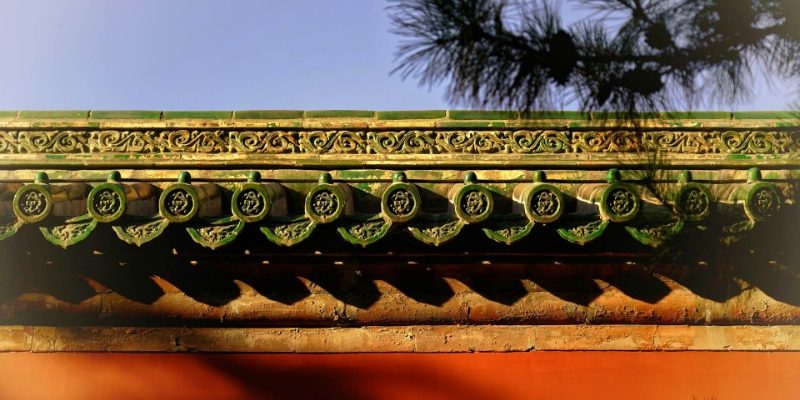
Attraction Information
Hours
- April – October: 06:30 – 21:00 (last entry at 8:30 PM)
- November – March: 06:30 – 20:00 (last entry at 7:30 PM)
- Jingshan Park is closed every Monday.
Admission
- The admission ticket costs only 2 yuan (approximately 0.30 USD).
Prohibited Items
- No kites, drones, or other airborne objects are allowed in the park.
- To prevent fire hazards, visitors are prohibited from bringing lighters into the park.
- To protect the park environment and avoid accidents, animals are not allowed inside Jingshan Park.
- The use of high-powered speakers to play music is not allowed.
General Amenities
- Free restrooms
- Visitor Information Center
Nearby Police Station
- Beijing Municipal Public Security Bureau Xicheng Branch Beihai Park Police Station
北京市公安局西城分局北海公园派出所
No. 1 Wenjin Street, Xicheng District, Beijing (inside Beihai Park, north of the Forbidden City) - In China, the number to call the police is 110. If you have an emergency and need help, you can dial 110 at any time. Local police will usually arrive within minutes and will provide assistance with great care and responsibility.
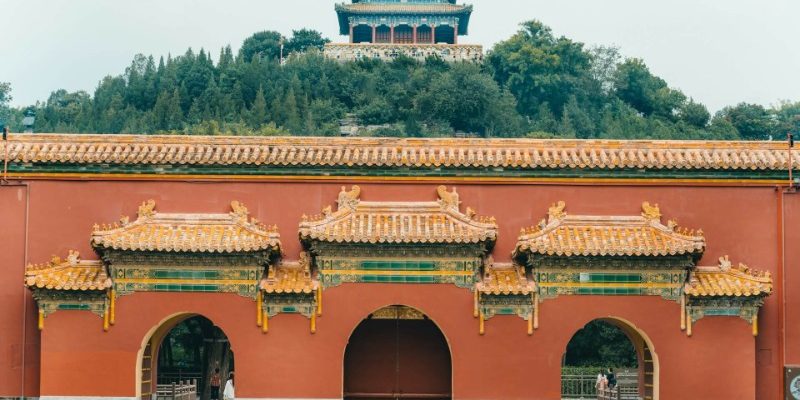
Practical Travel Tips
- It’s recommended to enter through the west gate; after entering, turn right, and you’ll see the sign for the hiking entrance just a few meters ahead. The west gate is the closest for hiking. Follow the signs, and you’ll reach the top in about ten minutes.
- The botanical garden, located in the northwest corner of Jingshan Park, features many varieties of flowers during spring and summer. The peony garden is the largest in Beijing, and the best time to enjoy the blossoms is usually from early April to the end of April.
- The park is home to many friendly fat cats that aren’t afraid of people, so you can try petting them!
Attraction Surprises
Peony Exhibition (牡丹花展览)
Jingshan Park is home to over 20,000 land-cultivated peonies, featuring 569 varieties. The park has expanded its peony viewing area, with the newly opened section in the west showcasing peonies for the first time. This area also includes a cultural market and a food market, allowing visitors to enjoy both the beauty of the peonies and a rich experience of culture and cuisine. The peak blooming period for peonies is primarily from mid-April to early May.
